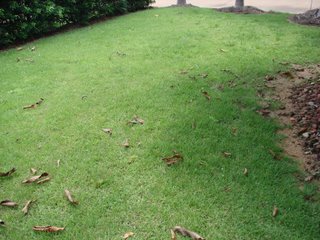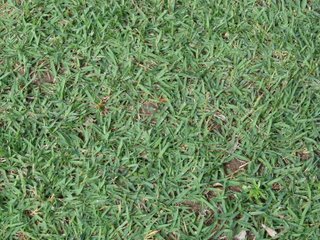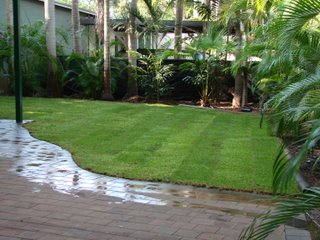Above Capricorn Technologies
Agricultural & Environmental Consultants
ABN 73 215 304 514
PO Box 736 Nightcliff NT 0814 Australia
Telephone: 61 8 8948 1894 Facsimile: 61 8 8948 3894
E-mail:
abovecapricorn@yahoo.com.auProducts and Services
· General agricultural and environmental consulting services; crop, seed and pasture agronomy services, agricultural management software / training/ support services and agricultural investment analysis
· Land management – land surface management including stormwater, range management, pastoral land development, weed management and control systems and plans, pasture / livestock / crop management
· Irrigation, water and soil moisture management systems
· Tropical turf development, agronomy and management – sporting ovals, recreational areas, golf courses, sports turf
· Organic waste management and compost production, effluent / biosolids management/ reuse, waste and wastewater management systems and services
· Erosion management and rehabilitation, sediment planning and control
· Soil and water bioengineering, including vetiver grass services / management
· Mine site and disturbed land revegetation and rehabilitation
· Contaminated land assessment and rehabilitation, bioremediation and phytoremediation
· Seed supply [incl native spp], production and technology, seed industry development
· Agricultural development and planning in the tropics
Operating since 1994, we are a Darwin based, growing enterprise focussing on agricultural, turf and environmental related opportunities in the tropics. Recent business includes a US$5m agriculture, turf and land development project in China, a recently completed phase of revegetation and land rehabilitation at a major new mine in Indonesia [for a US company, value >US$1m]. Both of these have been in conjunction with another small Australian company. Existing consultancy activities in the mining and agricultural sectors in the Philippines and Laos, and ongoing agricultural R & D in Thailand. Other recent projects have been bioremediation of pesticides in Kakadu National Park; water and waste management on Australia's offshore islands; greenwaste and organic resource management for compost and as a biomass fuel; crop production R & D.
Activities focus on R & D and consulting in agriculture, horticulture [tropical fruits, dates, grapes], livestock production, turf [including sports turf and golf course development, agronomy and management], soil and water bioengineering, effluent and biosolids management and reuse [particularly for agriculture / horticulture], bioremediation and phytoremediation, organic waste management and composting, erosion control, revegetation and landscape rehabilitation, land management, plant materials utilisation and development incl plant variety registration, seed science and seed industry development, seed production, irrigation. We can also supply innovative technology and products for these sectors including a range of erosion and sediment control products, advanced wastewater and stormwater systems, soil moisture measurement equipment, agrochemicals and turf management products, waste handling [incl medical] and compost systems.
The company has a strong science base and focuses on a holistic approach to problem solving. Our operational focus is northern Australia in both wet and arid areas, and into tropical regions of Africa, Asia and South America. We hold professional indemnity insurance. We have strong alliances with a number of other medium sized operators within Australia.
Registered professional member, Australian Institute of Agricultural Science and Technology
Certified Professional Agriculturist
Member International Erosion Control Association
Certified Professional in Erosion and Sediment Control [pending]
Contact: Peter G Harrison CPAg BScAgr MAIAST MIECA







